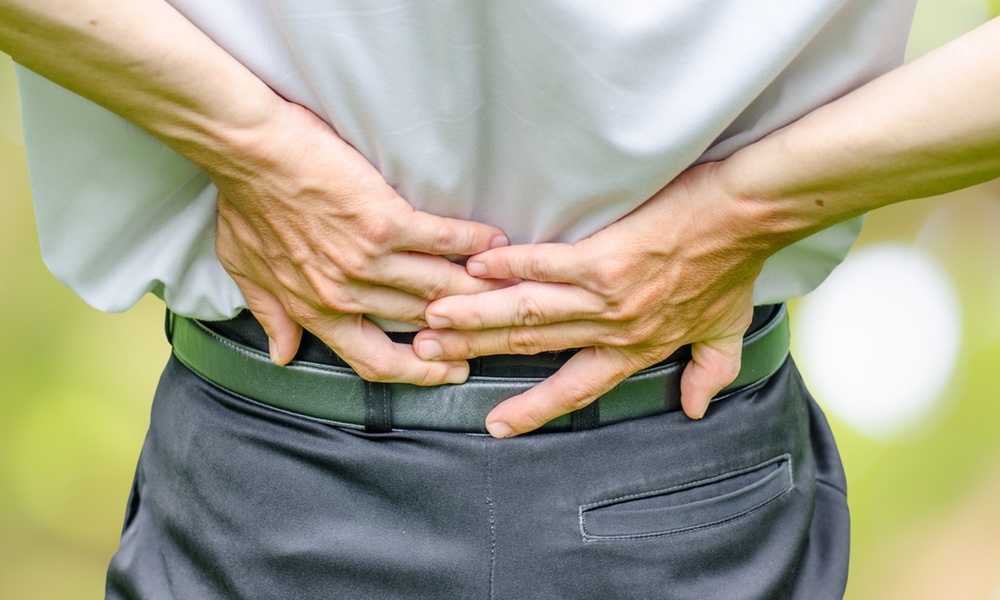Oxytocin, the “mother-infant bonding hormone,” is holding even more promise for helping treat the social deficits that are often part of autism spectrum disorder (ASD). Where earlier work piqued interest in oxytocin as a possible treatment, a new study goes further to support its role in treating the disorder than now affects one in 88 children born today, according to the CDC.
The brains of the children who had received the oxytocin showed that areas of the “social brain,” were activated.
In the new study, the authors conducted a double-blind placebo-controlled trial, the gold standard of scientific research. The team gave half of a group of children aged 7-18 a single dose of a nasal spray containing oxytocin. The other half of the group received a placebo – a nasal spray with no active ingredient in it.
The brains of the children who had received the oxytocin showed that areas of the “social brain,” were activated. These included the medial prefrontal cortex, the temporal parietal junction, the fusiform gyrus and the superior temporal sulcus, all areas involved in processing social information coming from sight, sounds, and cues from other people.
"Our findings provide the first, critical steps toward devising more effective treatments for the core social deficits in autism, which may involve a combination of clinical interventions with an administration of oxytocin," said study author Ilanit Gordon. "Such a treatment approach will fundamentally improve our understanding of autism and its treatment." The findings are preliminary, however, and the treatment will need more rigorous investigation before it could be recommended for use in the general public.
The study was carried out at Yale University, and the findings presented at the International Meeting for Autism Research in May. They are not yet scheduled to appear in a peer-reviewed journal.




